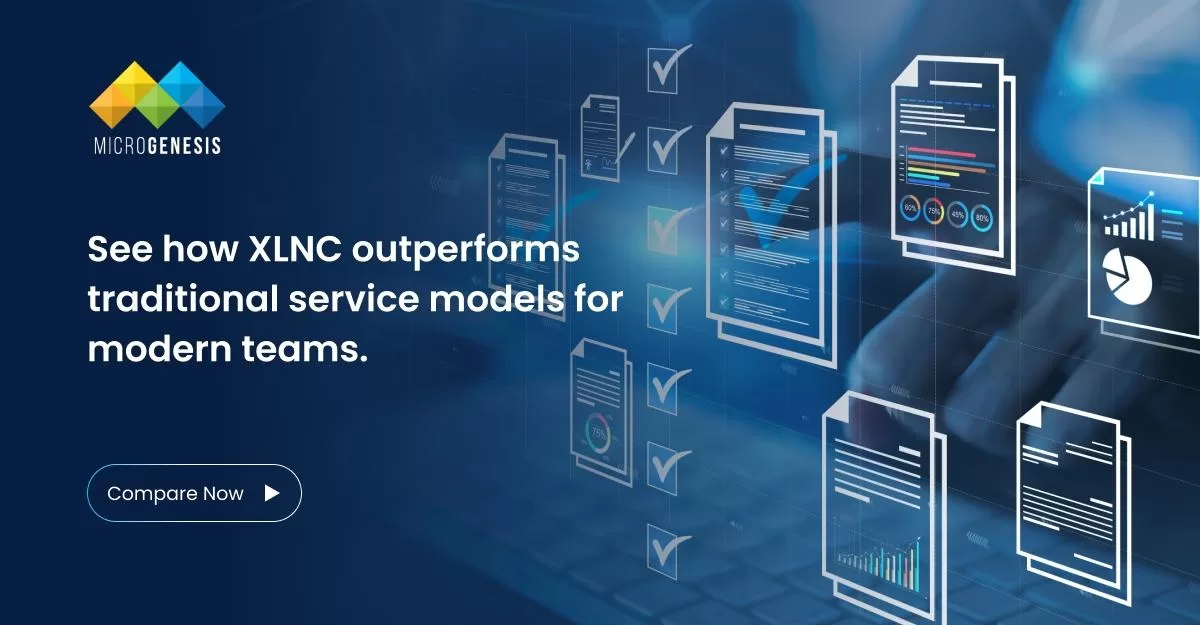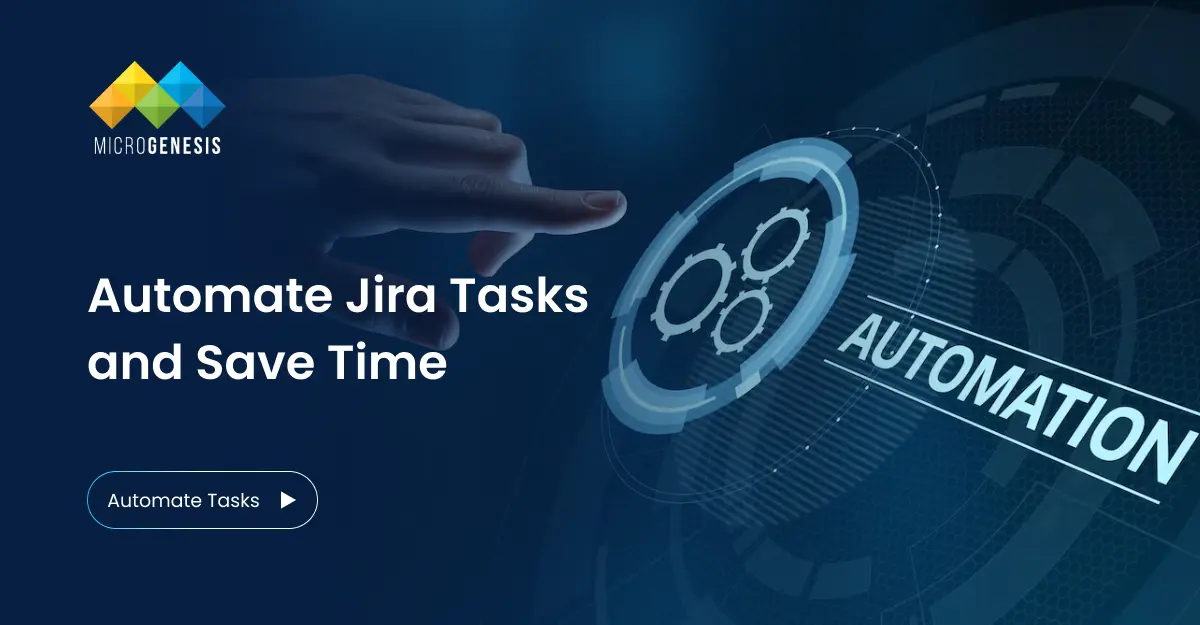As organizations rely increasingly on tools like Jira, Confluence, Bitbucket, and Jira Service Management, they also face the growing challenge of managing, optimizing, and scaling these platforms. Atlassian Managed Services—expert-driven support and administration of Atlassian tools—can solve this challenge. But how can businesses justify the investment? The answer lies in measuring Atlassian ROI: the return on investment achieved through operational efficiency, risk reduction, faster delivery, and improved user experience.
In this blog, we outline how to measure ROI on Atlassian Managed Services, what metrics matter, and how to build a business case for long-term value.
Chapter 1: Understanding the Value of Atlassian Managed Services
Atlassian Managed Services involve outsourcing the management, optimization, and support of your Atlassian stack to certified experts. Services include:
Jira/Confluence administration
Cloud migration and support
Workflow and permission design
SLA and automation optimization
Governance and compliance management
These services allow your internal teams to focus on business-critical work while professionals maintain your tools.
Chapter 2: Key ROI Drivers
1. Time Savings
Internal IT and DevOps teams spend less time resolving tool issues or building workflows. Time is freed up for product development, customer service, or innovation.
2. Reduced Downtime
Experts proactively prevent outages and misconfigurations. This reduces ticket volume, frustration, and opportunity cost.
3. Faster Onboarding and Adoption
Managed Services accelerate onboarding of new users, teams, and departments. Training, templating, and automation reduce ramp-up time.
4. Improved Compliance and Security
With strict permission controls, audit logs, and regulatory configurations, organizations reduce risk and exposure.
5. Scalable Governance
Standardized practices and reusable templates lead to consistent, scalable processes across teams.
Chapter 3: Calculating Atlassian ROI
Here’s a simple formula to start:
Atlassian ROI (%) = [(Total Value Gained – Cost of Services) / Cost of Services] x 100
Breakdown of Value Gained:
Labor cost saved: Hours saved from automation, better workflows, and expert support
Avoided downtime cost: Value of avoiding tool or process failures
Improved time to delivery: Faster sprints, releases, and resolution
Reduced software bloat: Optimized app usage and licensing
Training and onboarding efficiency: Quicker productivity from new users
Example:
Cost of services: $50,000/year
Labor saved: $35,000
Avoided downtime: $20,000
Reduced licensing waste: $10,000
Total Value Gained = $65,000
ROI = (65,000 – 50,000) / 50,000 x 100 = 30%
Chapter 4: Metrics That Matter
To make ROI tangible, track the following KPIs:
1. Productivity Metrics
Issues resolved per week/month
Average issue cycle time
Average sprint completion rate
Number of manual tasks automated
2. Cost Metrics
Cost of internal admin resources before and after
Cost of license optimization (unused apps or users)
Cost of unplanned outages or incidents
3. User Experience Metrics
User adoption rate
Internal satisfaction (CSAT or NPS)
Training completion time
Support tickets per user
4. Compliance and Audit Readiness
Number of audit-ready workflows
Reduction in permission violations
Number of successful audits without issues
Dig Deeper: Best Workflow Management Software: Optimizing Business Processes with Atlassian Jira
Chapter 5: Hidden Cost Savings
1. Avoiding Tool Sprawl
Consolidating apps and projects into a managed Atlassian environment reduces software chaos and licensing overhead.
2. Reducing Shadow IT
Well-managed tools reduce the temptation for teams to use unauthorized platforms, increasing security and compliance.
3. Standardized Project Setup
Project templates, naming conventions, and user roles reduce misalignment and rework.
4. Expert-Led Training
Reduces dependency on tribal knowledge and ensures repeatable success.
Chapter 6: Building a Business Case
To present a business case for Atlassian Managed Services:
Quantify current pain points: Time lost, admin burden, error frequency
Model expected improvements: Time savings, reduced incidents, faster onboarding
Highlight strategic benefits: Scalability, innovation, compliance readiness
Include cost comparisons: In-house admin vs. partner service
Calculate 12–24 month ROI: Show compounding value over time
Chapter 7: Real-World Success Example
Client: SaaS Product Company (250 users)
Challenges: Messy Jira workflows, inconsistent permissions, tool sprawl
Action: Implemented Atlassian Managed Services with workflow redesign, admin cleanup, and training
Results in 12 months:
Saved 1,800 staff hours
Decreased resolution time by 28%
Improved sprint predictability by 22%
ROI: 45% on $60,000 annual spend
Conclusion
Measuring Atlassian ROI doesn’t require guesswork. With the right metrics and the best IT company as your partner, organizations can track performance, cut costs, and increase value across the board—whether you’re scaling agile teams, managing complex support desks, or undergoing a cloud migration, Atlassian Managed Services help maximize your investment.
Need help calculating your ROI or designing an optimization roadmap? Connect with our Atlassian-certified consultants for a personalized assessment and proposal. Contact us today.




